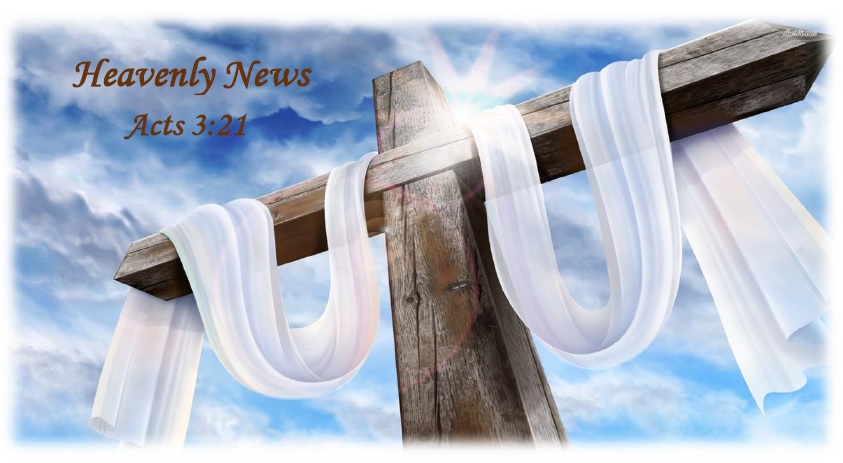JEWISH BETROTHAL
Luke 1:27 tells us that Mary was a virgin “pledged to be married to a man named Joseph.” Betrothal compares more to our idea of marriage than engagement. The difference was the matter of physical intimacy, but the relationship was legally binding. Betrothal began with a contract drawn up by the parents or by a friend of the groom. Then at a meeting between the two families, in the presence of witnesses, the groom would present the bride with jewelry. The groom would announce his intentions to firmly observe the contract. Then he would sip from a cup of wine and offer the cup to the bride. If she sipped from the same cup, she was in effect entering covenant with him.
The next step was the payment of the mohar, or dowry, by the groom. This occurred at a ceremony, ordinarily involving a priest. Other traditions were also practiced, but these were the most basic and consistent. By the time a couple reached this step, their betrothal was binding, though a marriage ceremony and physical intimacy had not yet taken place. An actual divorce would be necessary to break the covenant. Furthermore, if the prospective groom died, the bride-to-be was considered a widow.
Betrothal traditionally occurred soon after the onset of adolescence, so it is probably accurate to imagine Mary around age thirteen at the time of the announcement. Remember, in that culture a thirteen- or fourteen-year-old was commonly preparing for marriage.

No comments:
Post a Comment